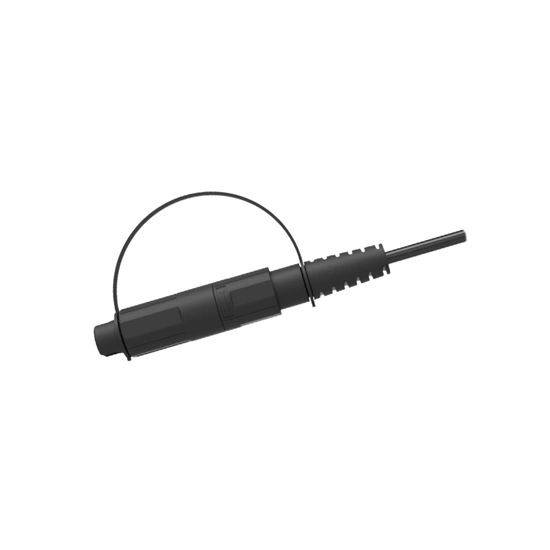
Fiber optic connectors are vital components in the field of data communication. They serve as the crucial link between fiber optic cables, enabling the smooth transmission of data across long distances. This article aims to provide a comprehensive understanding of fiber optic connectors, delving into their functionality and mechanics.
The Basics of Fiber Optic Connectors
Fiber optic connectors are used to join two or more fiber optic cables, ensuring a secure and efficient connection. These connectors are designed to align and mate the fibers within the cables to establish a continuous optical pathway. With their precise construction, fiber optic connectors minimize signal loss and maximize data integrity.
There are various types of fiber optic connectors available, each with its distinct features and applications. Some commonly used connectors include the SC (Subscriber Connector), ST (Straight Tip), LC (Lucent Connector), and FC (Ferrule Connector).
Working Principles of Fiber Optic Connectors
Fiber optic connectors operate based on specific principles that guarantee reliable data transmission. The process can be summarized in the following steps:
1. Fiber Alignment
When connecting fiber optic cables, the first crucial step is aligning the fibers within the connectors. This alignment ensures minimal signal loss and maximizes optical performance. Connectors achieve fiber alignment through various methods, including physical contact and fusion splicing.
2. Core and Cladding Alignment
The core and cladding alignment is another critical aspect of fiber optic connectors. The core is the central part of the fiber responsible for transmitting light, while the cladding surrounds the core, ensuring light is guided within the fiber. Connectors ensure precise alignment between the core and cladding to maintain an uninterrupted signal.
3. Secure Connection
To guarantee a secure connection, fiber optic connectors employ different mechanisms such as latching, screw-on, or push-pull designs. These mechanisms provide physical support and ensure the connectors remain firmly attached to prevent data loss or interruptions in transmission.
Benefits of Fiber Optic Connectors
Fiber optic connectors offer numerous advantages, making them the preferred choice in modern communication networks. Some key benefits include:
1. High Bandwidth
Fiber optic connectors have the capability to support high-bandwidth applications, allowing for fast and efficient data transfer. They can transmit large amounts of information at incredibly high speeds, making them ideal for data-intensive tasks such as video streaming and cloud computing.
2. Enhanced Reliability
With their precise alignment and secure connections, fiber optic connectors provide enhanced reliability compared to traditional copper connectors. They are less susceptible to electromagnetic interference, ensuring consistent and uninterrupted data transmission even in challenging environments.
3. Long-distance Transmission
Fiber optic connectors excel in long-distance transmission capabilities. They can carry data over lengthy distances without experiencing significant signal degradation. This makes fiber optic connectors ideal for applications that require data to be transmitted across vast networks, such as telecommunications and internet service providers.
Conclusion
In conclusion, fiber optic connectors play a crucial role in data communication systems, facilitating the seamless transmission of information across extensive networks. By understanding their functionality and mechanics, we can appreciate the importance of these connectors in enabling the high-speed and reliable transfer of data. Fiber optic connectors continue to revolutionize the world of communication, providing an efficient solution for modern connectivity needs.



